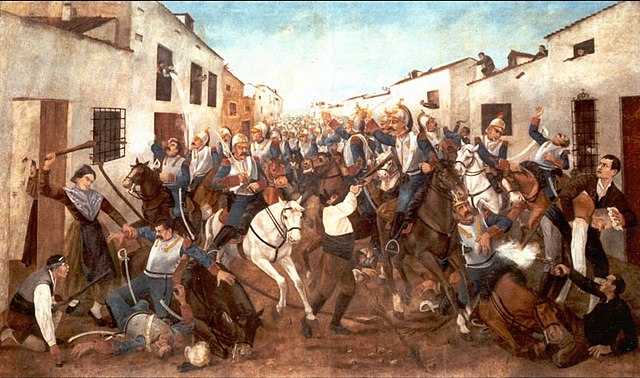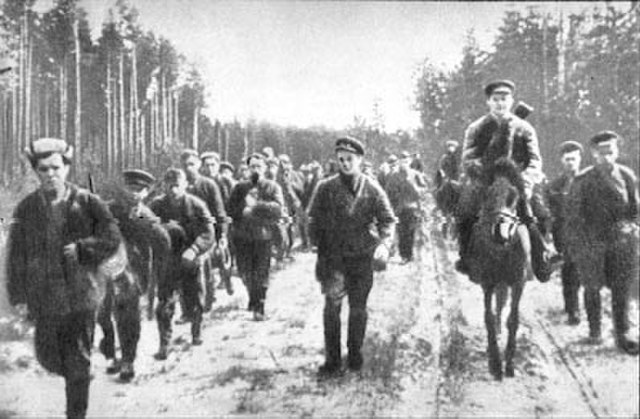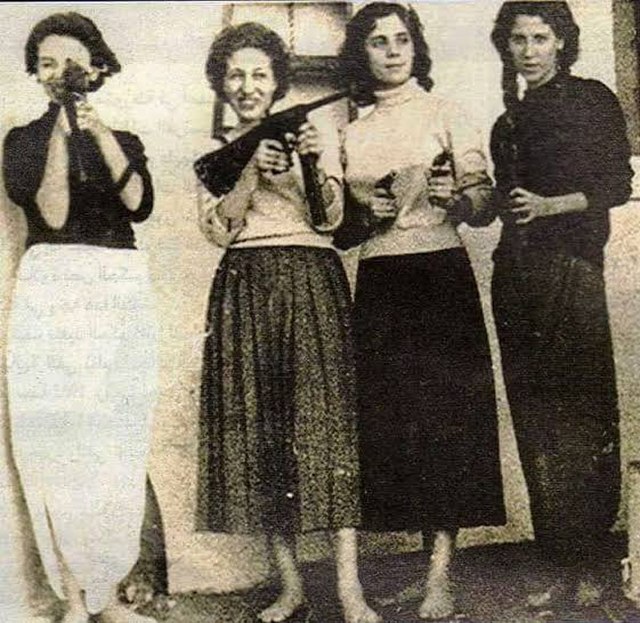Ernesto "Che" Guevara was an Argentine Marxist revolutionary, physician, author, guerrilla leader, diplomat, and military theorist. A major figure of the Cuban Revolution, his stylized visage has become a ubiquitous countercultural symbol of rebellion and global insignia in popular culture.
Guerrillero Heroico, 1960
A teenage Ernesto (left) with his parents and siblings, c. 1944, seated beside him from left to right: Celia (mother), Celia (sister), Roberto, Juan Martín, Ernesto (father) and Ana María
Guevara (right) with Alberto Granado (left) in June 1952 on the Amazon River aboard their "Mambo-Tango" wooden raft, which was a gift from the lepers whom they had treated
Guevara with his first wife Hilda Gadea at Chichen Itza during their honeymoon trip
Guerrilla warfare is a form of unconventional warfare in which small groups of irregular military, such as rebels, partisans, paramilitary personnel or armed civilians including recruited children, use ambushes, sabotage, terrorism, raids, petty warfare or hit-and-run tactics in a rebellion, in a violent conflict, in a war or in a civil war to fight against regular military, police or rival insurgent forces.
Spanish guerrilla resistance to the Napoleonic French invasion of Spain at the Battle of Valdepeñas
Soviet partisans on the road in Belarus, 1944 counter-offensive
Siege of the Fortaleza San Luis by the Dominican rebels by Melanio Guzmán
Lakhdari, Drif, Bouhired and Bouali. Female Algerian guerillas of the Algerian War of Independence, c. 1956.








